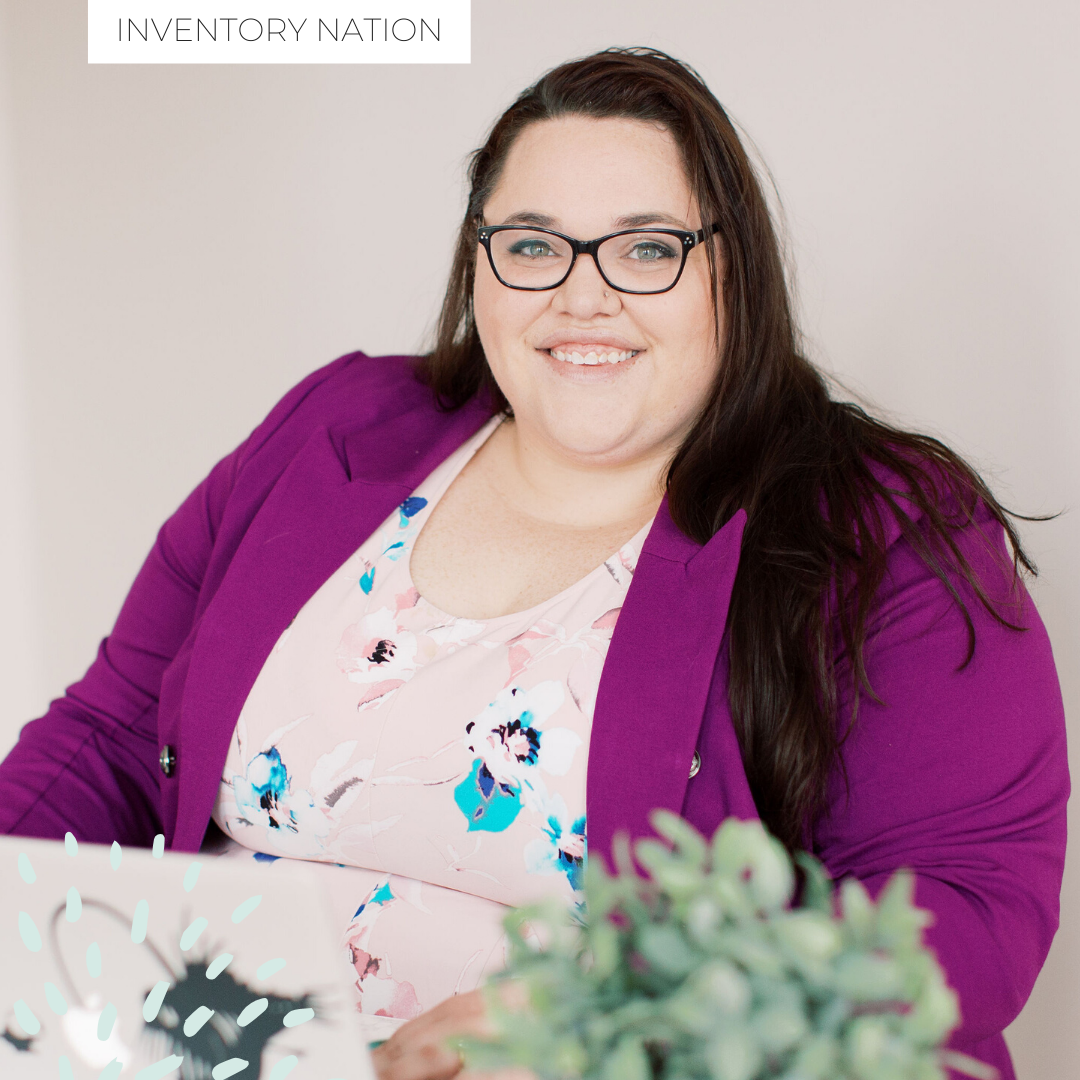TUNE IN: APPLE PODCASTS | SPOTIFY | GOOGLE PODCASTS
In this episode, we are going to be talking all about how to manage backorders in your practice. It seems like backorders have become increasingly more frequent and lengthy in the last couple of years. I remember back when I first started managing inventory, which seems like many moons ago now, if a product was on backorder, it was either short-lived or it was fairly easy to find an alternative. Now, not so much. Between the class II opioids, eye medications, antibiotics, and other critical backorders, we are stuck between a rock and a hard place.
Here are some of my favorite tips for managing backorders:

BACKORDER COMMUNICATION STATION
Creating a backorder communication station can be incredibly helpful. You can utilize a whiteboard, Google Drive document, Trello; any sort of practice communication system that works the best for you and your team. Within this “stationâ€, you can list the backordered product, any ETA or arrival information, and any alternative products if they exist. I recommend taking some time every week, or as more information becomes available, to update this board and ensure it’s up-to-date and accurate for both you and your team.
BACKORDER LABELS
I also like to add labels where the backorder product normally “lives†so that your team quickly can identify that something is on backorder rather than just thinking you suck at your job. You can use sticky notes, click-on plastic labels, circle sticker dots, or really any label that would work in your pharmacy or central storage area. It’s helpful to list the product, any backorder details, and if an estimated availability date is known. If there is an alternative product, you could list that here as well.
FDA DRUG SHORTAGE DATABASE
Items go on backorder for a variety of reasons. Sometimes it’s due to a raw material shortage, other times it’s due to manufacturing plant problems, or a supply/demand issue. I feel like often all those reasons are hard to find, and we are just often left with “it’s on backorder†with no mention of why or when it might be available again. To help with this, the FDA actually has a drug shortage database resource to view what’s on backorder, why, and provide more information. Another cool thing is you can sign-up for a daily alert. I get an email every single morning about what’s on backorder and the status of different items. Now, this isn’t veterinary specific so human medication are included in this but I still find it to be very helpful.
Listen to the episode above to get the rest of my tips for managing backorders!
LINKS + RESOURCES MENTIONED IN THE EPISODE
- Vetcove (veterinary-specific purchasing platform) – https://www.vetcove.com
- FDA Current & Resolved Drug Shortages and Discontinuations Database
- Veterinary Inventory Management Group – https://www.facebook.com/groups/veterinaryinventory/
- Veterinary Inventory Strategy Network – https://www.veterinaryisn.com/
